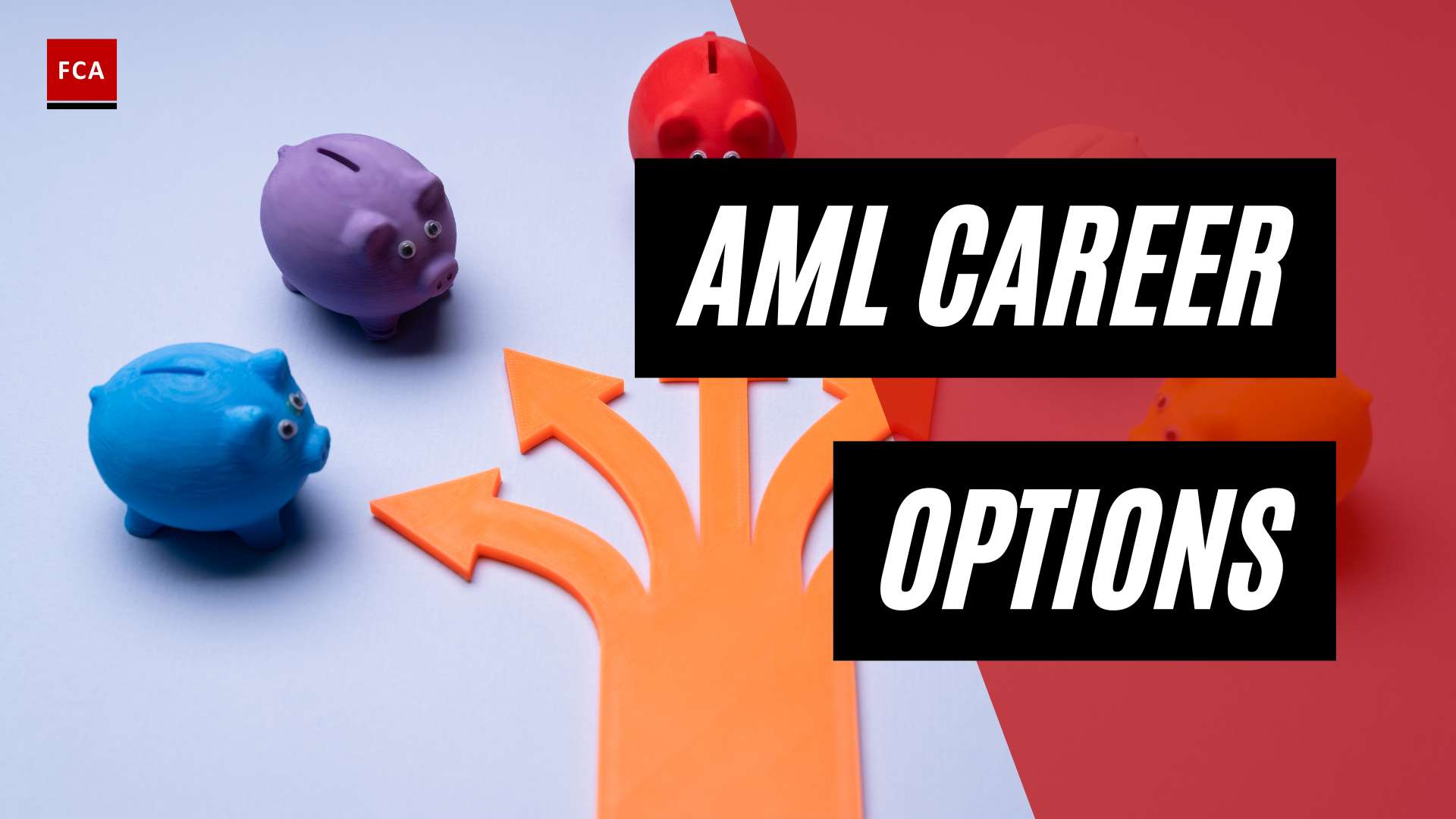Understanding AML Policies and Procedures
To effectively combat financial crimes like money laundering and terrorist financing, it’s crucial for businesses, particularly those in the financial sector, to understand and implement strong Anti-Money Laundering (AML) policies and procedures.
Basics of AML Policies
AML policies serve as the foundation of an organization’s defense against financial crimes. They provide a framework that guides the institution’s operations to comply with local, national, and international AML laws and regulations. These policies, often documented in a formal AML policy statement, outline the institution’s commitment to preventing, detecting, and reporting suspicious activities related to money laundering or terrorist financing (Financial Crime Academy).
Key components of an AML policy may include:
- The establishment of a risk-based approach, including AML risk assessment and management
- Implementation of Know Your Customer (KYC) procedures
- Customer Due Diligence (CDD) measures
- Transaction monitoring strategies, including AML transaction monitoring
- Procedures for reporting suspicious activities
- An internal control structure for AML compliance
- Regular audits and compliance testing
- Designation of a Compliance Officer with AML expertise
- AML training programs for employees
To ensure an effective implementation of these policies, businesses should tailor them to their specific operational risks and needs.
Role of AML Procedures
AML procedures, on the other hand, provide detailed instructions on how the institution’s AML policies will be implemented on a day-to-day basis. They serve as a practical guide for employees, helping them understand their roles and responsibilities in maintaining AML compliance.
Effective AML procedures may involve steps for:
- Conducting customer identity verification and AML due diligence
- Identifying and assessing customer risk profiles
- Monitoring customer transactions and detecting suspicious patterns
- Reporting suspicious activities to the relevant authorities
- Conducting internal audits and third-party evaluations
These procedures should be regularly updated to address changing regulatory requirements and emerging risks.
Understanding and implementing effective AML policies and procedures is a critical first step in establishing a robust AML compliance program. This not only helps protect the institution from legal repercussions and reputational damage, but it also plays a crucial role in the broader fight against financial crime. For further insights into practical applications and case studies, visit our AML case studies section.
Importance of AML Compliance
The importance of Anti-Money Laundering (AML) compliance cannot be overstated. Robust AML policies and procedures play a crucial role in protecting financial institutions from legal implications, reputational risk, and the potential loss of business opportunities.
Legal Implications of Non-Compliance
Non-compliance with AML policies and procedures can lead to severe legal implications. Financial organizations that fail to adhere to AML regulations can be subject to civil and criminal penalties, ranging from fines to incarceration. In particularly severe cases, financial service organizations, countries, and individuals can be sanctioned, effectively prohibiting financial institutions from doing business with them Unit21.
Furthermore, with the introduction of the Sixth Anti-Money Laundering Directive (6AMLD) by the European Union, criminal liability has been extended to include legal persons. The directive has also identified a list of 22 predicate offenses constituting money laundering, including environmental crime and cybercrime money laundering. This requires financial institutions to establish secure Know Your Customer (KYC) procedures Unit21.
For a deeper understanding of how to implement thorough AML due diligence, refer to our page on aml due diligence.
Reputational Risks and Benefits
Beyond the legal implications, a lack of proper AML policies and procedures can significantly harm a financial institution’s reputation Financial Crime Academy. In contrast, implementing strong AML measures can demonstrate a commitment to compliance and ethical business practices, enhancing the reputation and trust of financial institutions in the market. This can also open up new business opportunities, as customers and business partners increasingly seek to associate with organizations that prioritize financial integrity and transparency.
To learn more about the potential reputational risks and benefits associated with AML compliance, and how to manage these effectively, visit our section on aml risk management.
Therefore, the importance of AML compliance extends beyond simply adhering to legal requirements. It plays a crucial role in maintaining the integrity and reputation of financial institutions, which in turn can significantly impact their bottom line.
Components of Effective AML Programs
A successful Anti-Money Laundering (AML) program is the cornerstone of financial institutions’ commitment to combating financial crimes. These programs comprise several vital components, which together form the backbone of AML policies and procedures. This section will explore the detection and reporting of suspicious activities, the role of Know Your Customer (KYC) programs in AML, and the importance of continuous monitoring and testing.
Detection and Reporting of Suspicious Activities
The detection and reporting of suspicious activities form a critical part of any AML compliance program. Organizations must develop robust internal practices and systems to identify and report any activities that might indicate money laundering, tax evasion, fraud, or terrorist financing. These measures should be designed to focus on the effectiveness of internal controls and the risks posed by clients, necessitating a solid understanding of regulatory requirements and strong oversight by experienced personnel (Flagright).
The ability to detect and report suspicious activities effectively not only ensures regulatory compliance but also identifies potential threats or opportunities within business processes. It enables compliance officers to guide stakeholders on risks, fostering a culture beneficial for the organization in the long term. For more information on this topic, visit our page on aml transaction monitoring.
Role of KYC Programs in AML
Recognizing the importance of customer identification and due diligence, KYC programs play a pivotal role in AML efforts. KYC processes, including Customer Due Diligence (CDD), form a significant part of AML policies and procedures that financial institutions must follow to prevent money laundering and terrorist financing (Financial Crime Academy).
Well-implemented KYC programs allow institutions to better understand their customers and their financial dealings. This understanding helps to manage risks effectively and aids in detecting and reporting suspicious transactions. For a detailed look at the role of KYC in AML, visit our page on aml customer identification program.
Importance of Continuous Monitoring and Testing
Continuous monitoring and testing are integral components of effective AML programs. Regular audits and testing by qualified third-party organizations are recommended, with independent evaluations to ensure ongoing compliance.
Furthermore, continuous monitoring and regular updates are vital for ensuring that compliance standards are met and remain relevant in the face of changing regulatory landscapes. Alongside these, organizations should provide specialized training for employees with AML-specific duties to foster a culture of compliance within the organization.
Failure to plan for regulatory compliance can result in costly consequences. However, an effective AML program does more than simply fulfill regulatory requirements – it can also identify potential threats or opportunities within business processes and foster a long-term beneficial culture within the organization. For more information on continuous monitoring and testing in AML, visit our page on aml risk management.
Regulatory Frameworks in AML
In order to effectively implement AML policies and procedures, a deep understanding of the existing regulatory frameworks is necessary. These frameworks guide the operations of financial institutions, providing standards for detecting, mitigating, and reporting money laundering activities.
The Bank Secrecy Act and AML
The Bank Secrecy Act (BSA) of 1970 is a cornerstone of U.S. efforts to combat money laundering. It applies to all U.S. financial institutions, imposing compliance obligations that include providing documentation to regulators and implementing a risk-based AML compliance program(Unit21). These documents often include currency transaction reports and suspicious transaction reports, which play a crucial role in AML transaction monitoring and AML risk management.
The USA PATRIOT Act and AML
Enacted in response to the attacks of September 11, 2001, the USA PATRIOT Act significantly expanded law enforcement investigatory powers, with a focus on deterring and punishing terrorist acts in the United States and worldwide. Part of this act’s mandate includes measures to target financial crime associated with money laundering and terrorism financing. This act requires all banks and financial institutions in the United States to understand their AML compliance obligations pursuant to the USA Patriot Act(Unit21). This includes obligations related to AML due diligence and AML customer identification programs.
EU Anti-Money Laundering Directives
The EU has been proactive in its approach to combating money laundering, adopting an advanced regulatory framework that includes a series of Anti-Money Laundering Directives (AMLDs). These directives establish regulatory requirements for EU member states. The 6AMLD, for example, extended criminal liability to legal persons and introduced a list of 22 predicate offenses that constitute money laundering, including environmental crime and cybercrime money laundering(Unit21). This directive also requires financial institutions to establish safe KYC procedures to identify these offenses.
Understanding these regulatory frameworks is crucial for any professional involved in AML compliance. It not only allows for effective implementation and improvement of AML policies and procedures, but also aids in the cultivation of a culture of compliance within the organization. For further insight into the practical application of these regulations, explore our AML case studies and consider the benefits of AML compliance certifications.
Consequences of AML Non-Compliance
Non-compliance with anti-money laundering (AML) regulations can lead to severe consequences. Understanding these potential repercussions is essential for any professional working within compliance, risk management, and anti-financial crime. This section will cover two key consequences: civil and criminal penalties, and Office of Foreign Asset Control (OFAC) sanctions and regulations.
Civil and Criminal Penalties
Financial institutions violating AML regulations are subject to various civil and criminal penalties. These penalties can range from simple fines to more severe consequences, including imprisonment. In extreme cases, financial service organizations, countries, and even individuals can be sanctioned, effectively prohibiting financial institutions from conducting business with them (Unit21).
The repercussions of non-compliance underline the critical importance of implementing robust AML policies and procedures. These measures serve as the cornerstone to AML due diligence, AML risk management, and AML transaction monitoring efforts. By ensuring these procedures are in place, financial institutions can mitigate the risk of penalties and protect themselves from potential AML threats.
OFAC Sanctions and Regulations
The Office of Foreign Assets Control (OFAC) is a key player in the enforcement of AML regulations. As a financial intelligence and enforcement agency of the U.S. Treasury Department, OFAC is responsible for administering and enforcing U.S. sanctions. All financial institutions within the U.S. must abide by the OFAC sanctions and relevant regulations (Unit21).
OFAC considers violations or breaches of AML sanctions regulations as a critical threat to national security and foreign relations. Any party in breach of the OFAC sanctions can face serious legal consequences and enforcement actions. This serves as a strong reminder for the need for financial institutions to remain vigilant and ensure comprehensive AML risk assessments are conducted regularly.
The consequences of non-compliance with AML regulations can be severe and far-reaching. By understanding and adhering to these regulations, financial institutions can protect themselves from potential penalties and sanctions. This reinforces the critical importance of AML training, the use of comprehensive AML software solutions, and a strong commitment to a culture of compliance.
Role of Training in AML Compliance
The importance of training in the implementation of effective AML policies and procedures cannot be overstated. It is a key component of any comprehensive AML compliance program. Special emphasis should be placed on educating employees about their roles and responsibilities within the system, as well as the potential consequences of non-compliance.
Training for Employees in AML Duties
A robust AML compliance program requires specialized training for employees with specific AML duties (Flagright). This includes, but is not limited to, areas such as AML transaction monitoring, AML due diligence, and AML risk assessment.
The objective of such training is to ensure that employees are equipped with the skills and knowledge needed to detect and report suspicious activities. This could include recognizing the signs of money laundering or terrorist financing, understanding the legal implications of non-compliance, and being aware of the latest trends and techniques used in financial crimes.
It’s also essential to provide regular updates and refresher courses to keep employees abreast of any changes in AML regulations or internal policies. For more information on the best practices for AML training, visit our guide on AML best practices.
Cultivating a Culture of Compliance
Beyond mere regulatory compliance, effective AML training can serve to instill a culture of compliance within the organization (Flagright). This culture of compliance goes beyond mere adherence to rules and regulations. It involves fostering an environment where employees understand the importance of their role in preventing financial crimes and are motivated to act ethically and responsibly.
A strong culture of compliance can significantly enhance the reputation of financial institutions in the market. It demonstrates a commitment to ethical business practices and can engender trust among clients and partners (Financial Crime Academy).
However, cultivating a culture of compliance requires a concerted effort from all levels of the organization. It involves leadership setting the tone at the top, clear and effective communication of AML policies and procedures, and a system of rewards and sanctions to encourage compliance.
In conclusion, training plays a crucial role in ensuring AML compliance. It equips employees with the necessary skills and knowledge, fosters a culture of compliance, and ultimately protects the institution from the severe consequences of non-compliance. For a deeper understanding of the importance of AML training and its role in an effective AML compliance program, refer to our AML case studies.








